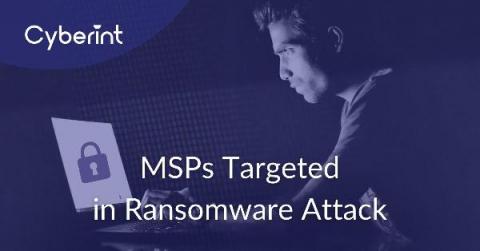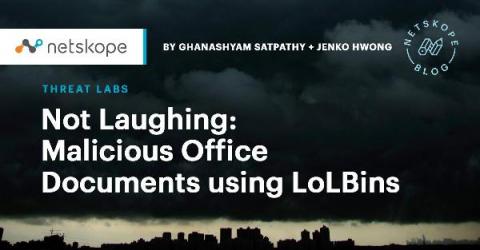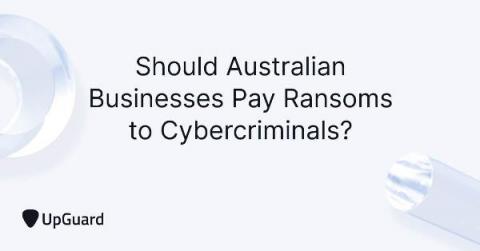Updated Cyber Security Fundamentals for Financial Services Organizations
The recent slate of breaches and regulatory actions has prompted many companies who had been doing the minimum in terms of proactive cyber risk management to rethink their approach. In the U.S., new regulations are emerging (for states like Virginia, Colorado, Massachusetts and many others), and existing regulators are increasing their enforcement, as we’ve seen by the NY Dept of Financial Services (NYDFS) and the SEC.











